Libya / دولة ليبيا – Let’s explore here
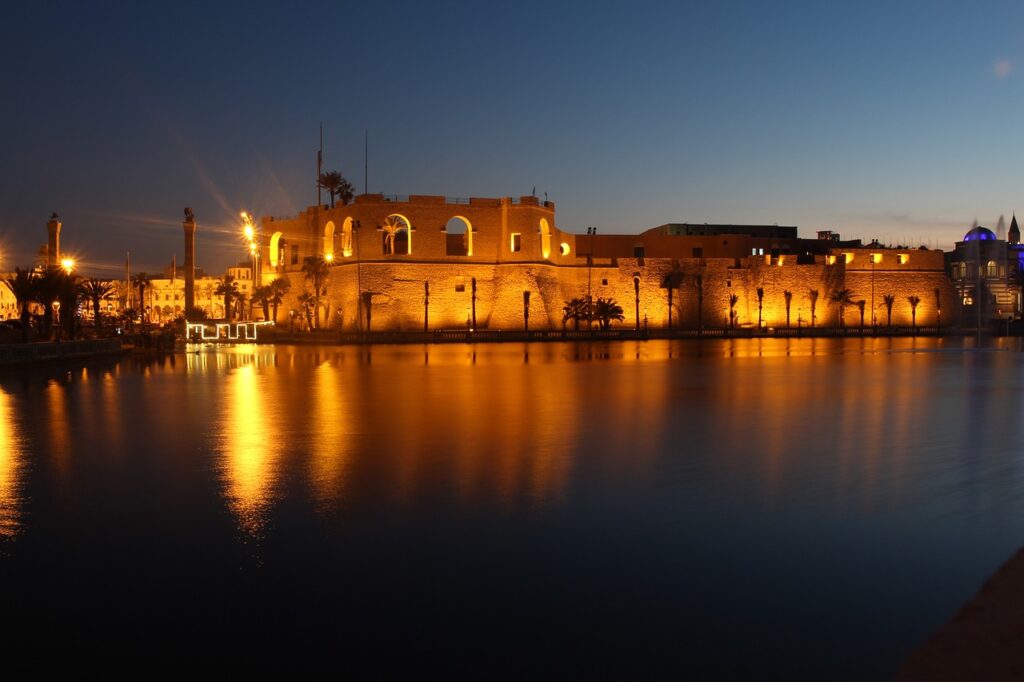
What’s it like in Libya?
Libya is a large and beautiful country in north Africa, dominated in the south by the Sahara Desert, and by woodlands to the north. The highest point is Bikku Bitti, on the border with Chad, at 7,434 ft (2,266 m) above sea level.
At about seven times the size of the UK, it is the centre of the Maghreb (the western part of the Arab world). As with many nations in north Africa, it has a very long, rich and troubled history. It shares land borders with Algeria, Chad, Egypt, Niger, Sudan and Tunisia.
The population of Libya is around 7½ million people (2023), over one million of whom live in the capital, Tripoli. Libya relies heavily upon its oil reserves.
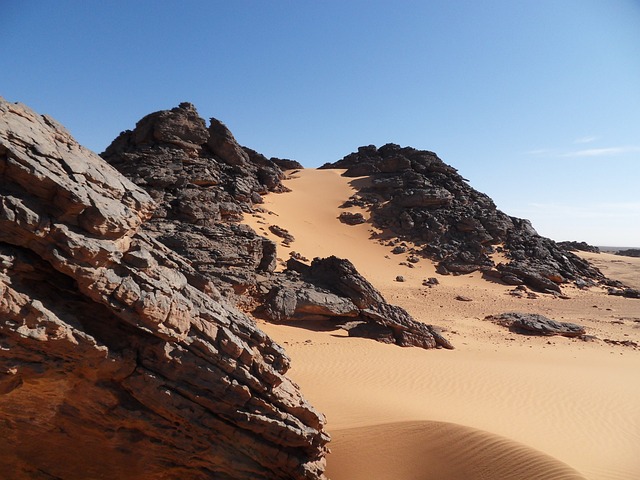
A bit about the history of Libya
Ancient History and Roman Rule
Libya has a rich history that stretches back to ancient times. The region was home to several ancient civilisations, including the Berbers, who were the indigenous people. In the 1st millennium BC, Libya was influenced by Phoenician, Greek and Roman cultures. The area was part of the Roman Empire, where it was known as the province of Africa. The city of Leptis Magna, in particular, became an important Roman outpost and one of the empire’s most prosperous cities.
Arab Conquest and Islamic Rule
In the 7th century, Arab armies invaded North Africa, and Libya became part of the Islamic Caliphate. Over time, the region adopted Islam, and Arabic became the dominant language. Libya was ruled by various Islamic dynasties, including the Aghlabids, Fatimids, and later the Ottoman Empire, which controlled the area from the 16th century until the early 20th century.
Italian Colonisation
In the early 20th century, Italy sought to expand its empire and invaded Libya in 1911. By 1912, Italy had officially annexed Libya, and it became an Italian colony. The Italian colonisation was marked by brutal repression, including the destruction of villages, forced labour, and the massacre of civilians, particularly in the resistance movements in the Cyrenaica region. The Italian colonial period lasted until World War II, though resistance to Italian rule continued throughout.
World War II and the Aftermath
During World War II, Libya became a strategic battleground between the Allies and Axis powers. After the defeat of Italy in the war, Libya came under British and French control. The United Kingdom administered the regions of Tripolitania and Cyrenaica, while the French controlled Fezzan. This period of occupation led to significant unrest and calls for Libyan independence.
Independence and the Early Monarchy
In 1951, Libya gained independence, becoming the Kingdom of Libya under King Idris I. Idris was recognised as the legitimate ruler, and Libya established itself as a constitutional monarchy with significant oil reserves that attracted international attention. The discovery of oil in the 1950s led to rapid economic growth, but much of the wealth was concentrated in the hands of the monarchy and foreign companies.
The 1969 Coup and Muammar Gaddafi’s Regime
On 1 September 1969, a military coup led by Muammar Gaddafi overthrew King Idris, and Gaddafi established a new regime. Gaddafi, at the age of 27, became the leader of Libya and implemented a series of radical social and political reforms. He abolished the monarchy, dissolved the constitution, and introduced a form of direct democracy known as the ‘Jamahiriya’, with Gaddafi acting as the country’s ‘Brotherly Leader’ and ‘Guide of the Revolution’.
Gaddafi’s rule was characterised by a mix of anti-colonial rhetoric, pan-Arabism, and support for revolutionary movements around the world. He pursued a policy of nationalisation of key industries, particularly oil, and used Libya’s oil wealth to fund various international projects and rebel groups. However, his regime was also marked by widespread human rights abuses, the suppression of opposition, and the consolidation of power within a small elite.
International Isolation and the Lockerbie Bombing
In the 1980s, Gaddafi’s regime became increasingly isolated from the international community. Libya was accused of sponsoring terrorism, most notably for its involvement in the 1988 Lockerbie bombing, which killed 270 people. In response, the United States and other Western countries imposed sanctions on Libya. In the 1990s, Gaddafi’s government faced further international isolation, though the regime continued to promote its influence in Africa and the Arab world.
The 2000s: A Period of Reconciliation
During the early 2000s, Gaddafi sought to end Libya’s international isolation. In 2003, he formally accepted responsibility for the Lockerbie bombing and agreed to compensate the families of the victims. In return, the United Nations lifted sanctions, and Libya resumed diplomatic relations with the West. Gaddafi also abandoned his pursuit of weapons of mass destruction, further improving relations with the international community.
The 2011 Revolution and the Fall of Gaddafi
In 2011, inspired by the Arab Spring uprisings that had swept across the Middle East and North Africa, protests erupted in Libya against Gaddafi’s rule. The situation quickly escalated into a civil war, with rebel forces fighting Gaddafi’s loyalists. The conflict led to significant violence, and in March 2011, NATO intervened with airstrikes to protect civilians and support the rebels. By August 2011, the rebels captured Tripoli, and Gaddafi was eventually found hiding in his hometown of Sirte in October. He was captured and killed by rebel forces. His death marked the end of his 42 year rule, but it also plunged Libya into chaos, with various armed groups vying for power.
Post-Gaddafi Instability and Civil War
Following Gaddafi’s death, Libya entered a period of political and social turmoil. The country struggled to establish a unified government, and rival factions, including Islamist militias and tribal groups, engaged in violent conflict for control of territory and resources. The situation worsened with the emergence of the Islamic State in Libya, which took advantage of the power vacuum.
International efforts, including a United Nations backed peace process, sought to bring stability to Libya, but they were largely unsuccessful. The country remained divided, with multiple governments claiming legitimacy. The eastern part of Libya was controlled by the Libyan National Army (LNA), led by General Khalifa Haftar, while the western part was controlled by the Government of National Unity (GNU), based in Tripoli.
The 2020s: Attempts at Stability and Continued Conflict
In 2020, a ceasefire agreement was signed between the rival factions, and a transitional government, theGNU, was formed, led by Prime Minister Abdul Hamid Dbeibeh. The GNU was tasked with overseeing elections and guiding the country toward a more stable, democratic future. However, political infighting and the presence of foreign mercenaries and military forces in the country continued to pose significant challenges to peace. In December 2021, elections were postponed indefinitely due to disagreements over electoral laws, with deep divisions between rival factions. Meanwhile, instability continued, and Haftar’s LNA maintained control of much of the east, while the west remained under the influence of the GNU.
Looking Ahead to 2025
As of 2025, Libya remains in a fragile state of transition. The country continues to face significant political division, armed conflict, and economic challenges. Efforts to hold elections and establish a unified government are ongoing, but political reconciliation remains elusive. The influence of foreign powers and militias complicates the situation, and Libya’s vast oil wealth is both a source of potential stability and a point of contention. The future of Libya depends on the ability of its leaders and the international community to overcome these obstacles and establish lasting peace.

Libya road trip
We haven’t finished our planning for driving though Libya yet. Due to the ongoing troubles in the area, only the Tunisian land border is open at present. Obtaining an entry visa can be problematic – read our visa info for further details. When we do visit the country, we’ll post it here, and in the blog.
Hopefully our journey will improve our knowledge of this intriguing and beautiful country, and enable us to meet some interesting people. We’ll be updating this page at that time – don’t forget to check back 🙂
Map of Libya
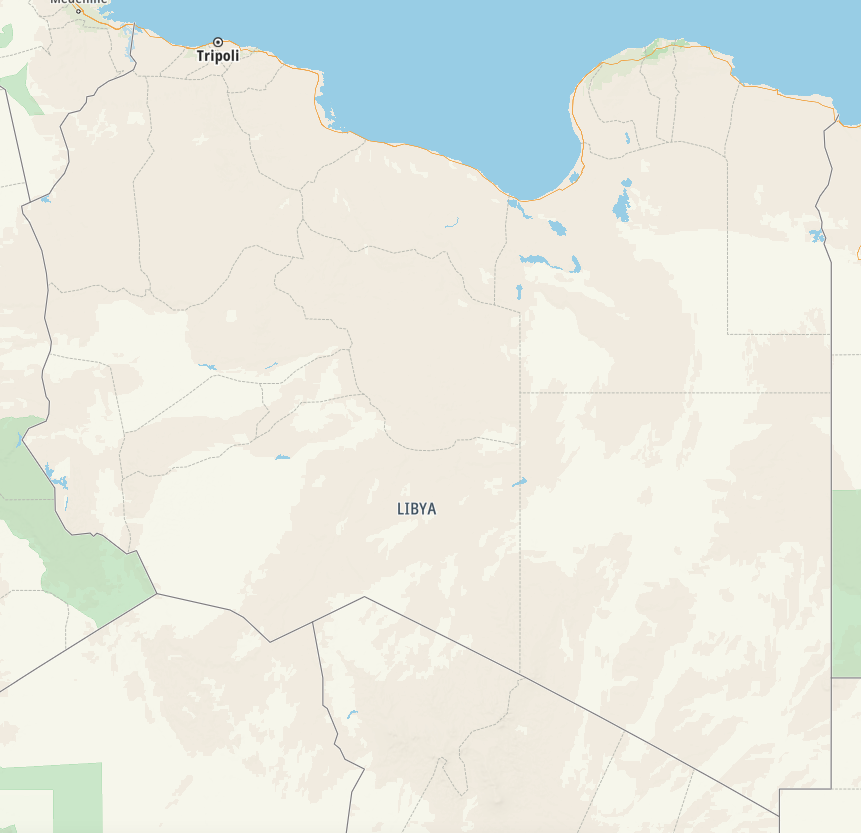
What’s it like to drive in Libya?
They drive on the right hand side of the road in Libya.
In the north, along the coast, driving is fairly easy going, although minor accidents are common. For anyone thinking of driving in the capital, it is not for the feint hearted, as with all north African capitals.
Driving in the desert
Driving in the desert takes experience and should never be undertaken lightly. Having the correct tyres, as well as specialist rescue equipment, and digging implements can literally save your life. Fuel stations are irregularly spaced, so extra fuel cans for spare fuel are required. Similarly always prepare by taking lots of extra water and food should there be any mishaps.
Police checkpoints
Local and national police have checkpoints set throughout the country, with more in the south than the north. Generally the police are looking out for you, and will insist in escorting you in some instances. Provision of a mobile phone number with an Libyan sim card can help ease passage – although the police will expect you to check in with them at the next checkpoint – so ensure that you do so.
Do you require an international driving permit in Libya?
We’ve created a dedicated page to driving abroad, which answers this question, and more, which you might find helpful.
Can you use your UK driving license when driving through Libya?
We’ve created a dedicated page to driving abroad, which answers this question, and more, which you might find helpful.
Do I need a carnet de passages to drive in Libya?
A Carnet de Passages is required to overland in Libya. We’ve created a dedicated page to driving abroad, which answers this question, and more, which you might find helpful.
What currency do they use in Libya?
In Libya they use the Libyan Dinar. Cash is widely used. The use of credit / debit cards is not widely accepted. Travellers cheques are not accepted. There are many ATMs in cities and towns throughout the country, although most do to accept foreign-country issued cards.
You should make yourself aware of the amount that your bank charges you for using credit and debit cards abroad. Often credit cards are cheaper for purchasing items directly, and for withdrawing cash from ATMs.
What language do they speak in Libya?
They speak Arabic and Berber in Libya. Italian is also widely spoken. English and French are also popular, in particular among the younger generations.
What time zone is Libya in?
Remember, when you’re planning your next trip to take a look at what time zone it’s in.
Do I need a visa to visit Libya?
We’ve created a dedicated, more comprehensive page on visas, which you should find helpful. Check it out!
Is wild camping legal in Libya?
Yes, wild camping is fine in Libya.
What plug / socket type do they use in Libya?
In Libya they use plug / socket types C, D, F and L.

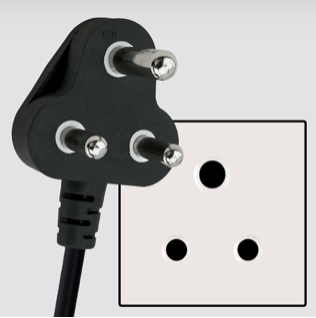

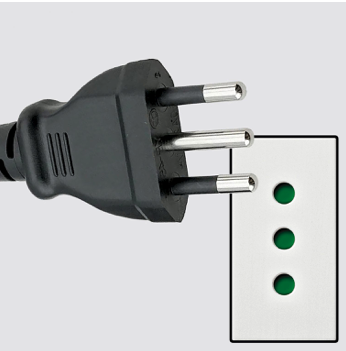
Health issues in Libya
Is it safe to drink water in Libya?
No, it is not safe to drink tap water in Libya. Bottled water is readily available throughout the country.
What vaccinations are required for Libya?
This NHS website is kept up to date with all relevant information on vaccinations in Libya.
Phones in Libya
What is the country calling code for Libya?
The country calling code for Libya is +218
What are the emergency phone numbers in Libya?
- The emergency number for police in Libya is: 1515
- In Libya, the emergency number for ambulance is: 1515 / 193
- The emergency number for fire in Libya is: 1515
If you’ve got some useful info that you’d like to share, let us know!
And don’t forget to check out all the other pictures!
